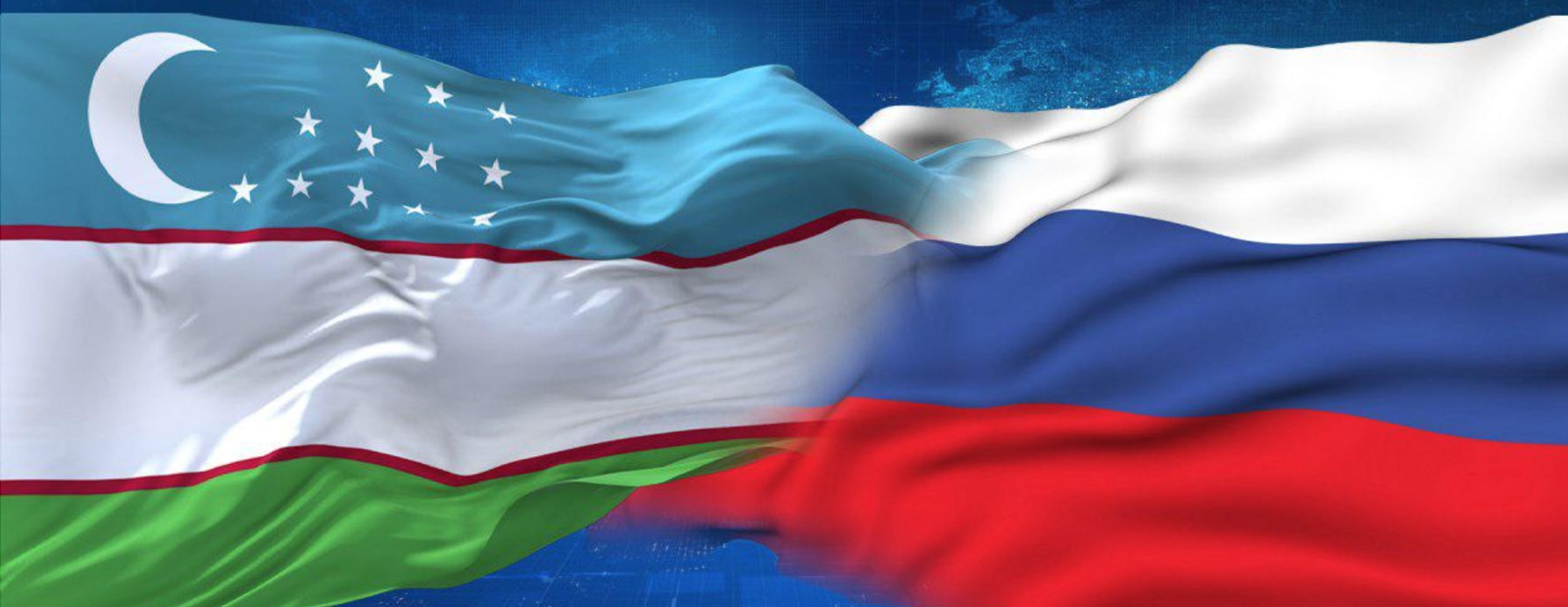Search

Publications
Russia Ц Uzbekistan: the integration aspects

Uzbekistan belongs to the group of states forming the nucleus of the FSU integration orbit around Russia, including other main states of CIS/EAEU.
To understand better the position and the role of Uzbekistan in the system of trade, industry and investment ties of the post-Soviet Eurasia, it makes sense to take a look at the top-5 CIS countries in terms of trade turnover with Russia in 2023 (total of circa USD 100.6 bn): Belarus (USD 53 bn), Kazakhstan (USD 26 bn), Uzbekistan (USD 9.8 bn), Armenia (USD 7.3 bn), Azerbaijan (USD 4.3 bn).
Currently one of the most important features of Uzbekistan is in the advantages of being «engaged without participation» in the EAEU (has the status of observer starting from December 2020), i.e. in fact the country is switching to the industrial standards of the Eurasian association, but maintains the CIS member state status (zone of free trading in goods and services).
Thus, as of today, Uzbekistan is the third biggest CIS member state in terms of trade turnover with Russia, and the second biggest in terms of Russian investment in FSU area over the last seven years. According to EDB (the Eurasian Development Bank), the total investment of the RF into the economies of CIS/EAEU starting from 2016 amounts to USD 43 bn; Kazakhstan account for the biggest portion of it USD 13 bn was invested into about one hundred projects, then comes Uzbekistan (26 projects with USD 9.3 bn, over 90% of the investment falling on four oil-and-gas projects) and Belarus (USD 5.65 bn Ц the investment of Gazprom, Russian banks, and in IT sector) [1].
The trend of growing Russian investment in Uzbekistan will continue based on the Agreement on Free Trading in Services and Investment signed between the EAEU Group + Uzbekistan and Tajikistan in June 2023 (filed for ratification by the State Duma in April 2024) targeted to simplify the access for the investors from the signatory countries to the markets of each other by granting the most favored nation terms. In addition, the document stipulates for the guarantees protecting the investment within the EAEU Group + Uzbekistan and Tajikistan: the service providers and investors from the signatory countries will have equal terms for establishing companies and their branches, for receiving permits and licenses associated with provision of services.
The agreements of such kind being effectively framework agreements for free trading zones are instrumental as incentives for the growth of mutual investment, expansion of industry ties and forming new value chains. Naturally, this agreement will have more value for Russian players, who are more powerful economically, but it will also open new opportunities for EAEU/CIS mutual investment.
Russian private investors used to be oriented mainly to the West, but now they are actively looking for projects in the «neighborhood belt». The owners of sizeable capitals in CIS/EAEU are seeing new opportunities for strengthening their positions in the RF with account of many European-Atlantic companies exiting Russian economy together with the states who have joined anti-Russian sanctions. For example, various legal entities from Uzbekistan invested RUB 86.5 bn (USD 935.8 mln) into Russian stock market in 2023 demonstrating 86-fold growth! In terms of foreign investment into the Russian companiesТ shares Uzbekistan holds the fourth position after legal entities from UAE, Cyprus and the UK.
Elements of Eurasian trading and economic network
Russia and Uzbekistan are active in developing industrial cooperation, commerce and various types of entrepreneurial activity. Out of 14,353 Uzbekistan organizations with foreign capital participation 2,889 have Russian capital, which is the biggest share vs Chinese and Turkish joint ventures. Essentially, Russian-Uzbekistan business is building the elements of macroeconomic communications of Central Asia (CA). And this is not just «finishing» for regional ties, but also about the potential of connecting entities and projects from third countries to the common network. Such opportunities are open both for the neighbors and allies of Russia and Uzbekistan, and for the countries «in far reaches» Ц in Asia and in other regions of the world.
There are several significant aspects of this strategy:
1. The economies of Russia and Uzbekistan (including joint projects) represent a resource for developing the multi-vector regional integration.
The relations between the RF and Uzbekistan will be reinforcing the coherence of the CIS/EAEU economies having the advantages of a trade intermediary, supplier of components and feedstock. If we look at the multi-way traffic of goods along the Eurasian communications, the CIS/EAEU countries ate the intermediaries for Russia assuring its access to components and goods from the EU; for China they provide for the overland access of the EU consumers to the Chinese goods, for the countries outside the FSU Ц for the access to feedstock and other commodities from Russia.
Russian companies Yandex and Wildberries are among the beneficiaries of such strategy; they are creating digital platforms and logistic infrastructures (marketplaces), which are also actively used by retail export products from Uzbekistan.
2. The possibility of accessing the technologies and goods from the USA, the EU and China via the CIS/EAEU economic zones.
The best-known example of this strategy in car assembly: the car-making industry in Uzbekistan (GM Uzbekistan), the second largest after Russian car-making industry in terms of output, continues to make licensed American and South-Korean cars and is actively entering Russian market. In its turn, Russian company Tatneft invested into the adjacent manufacturing of components for Uzbekistan car-making industry upon acquiring for USD 80 mln the only tires manufacturer in the region with modern equipment.
Another example of technological conjugacy: American Intel together with Chinese Shenzhen T.D.S Electronic Technology intend to open a plant in Qashqadaryo Region of Uzbekistan. It will be manufacturing all-in-one PCs, laptops, mother boards and video cards. Naturally, after covering the needs of the domestic market, part of the goods will go to the EAEU markets, especially in the segments of imported components which have not been substituted so far. Hence, the role of Uzbekistan will become more and more important in the forthcoming decade with account of the new challenges and the transformation objectives for the partners of the neighboring regions of Russia.
Russian investment projects
By the beginning of 2023, the governments of both countries defined the list of mutual investment projects with the highest potential [2].
They include:
- Industry-based solutions, investment into upgrading railways, energy grids and gas networks (including comprehensive retrofit of gas transportation system);
- Creating metallurgical cluster based at Tebinbulak gas field, gas-chemical complex in Bukhara region, copper concentrator based at Almalyk Mining and Metallurgical Company;
- Medium-size NPP construction project in Dzhizak Region. This NPP consists of two power generation units with WWER-1200 reactors, the commissioning is scheduled for 2033. The estimated project budget is USD 11 bn [3];
- Establishing the Development Fund for supporting investment projects using Russian industrial products. The preliminary budget for the Fund is USD 500 mln.
Taking into account the current population in the country (the consumer market comprises 36.8 mln people) and the pace of releasing the resource potential after the period of economic «catalepsy» of Islam Karimov, Uzbekistan can take the lead as the platform for Russian expansion in the region (similar to Kazakhstan).
No matter what will be the end of the Ukrainian conflict, Central Asia will remain the region allowing Russia to implement its great integration project, to maintain the foreign policy standards. And one of the factors contributing to that will be the Central Asian countries searching for and finding partners for development all over the world: there will be synergy effects of the joint projects with Russian companies in various spheres. Russia also may provide incentives for the growing interaction between the Central Asian states. A massive macroeconomic network allows for engaging the entities and resources of the third countries to the benefit of common economic space.
Trans-Afghanistan segment of North Ц South ITC
The new projects of developing railway and motorway communications announced in Central Asia over the recent five years are focused on liquidation of shortages of backbone infrastructure in the region irrespective of their declared «political» vector. Let us remind here that international transportation corridors are not just straight lines on the map, but a network of numerous destinations of backbone lines and different means of transport.
They are of interest for Russia because they create additional import/export points for Russian economy and provide the points of growth for the partners in the neighborhood belt, where economic interests of many Russian companies are concentrated.
Tashkent supported the project of Trans-Afghanistan railway, which is also in line with the strategy of enhancing Russian presence in the region (this topic is constantly in the agenda of Russian-Uzbekistani intergovernmental commission). The «Kabul corridor» may be viewed in a wider context of multi-modal project Belarus Ц Russia Ц Kazakhstan Ц Uzbekistan Ц Afghanistan Ц Pakistan. Some Russian industry experts interpret this project as a segment (branch) of the North Ц South ITC, even though they seldom use this name directly and prefer the more common one «Trans-Afghanistan».
The estimated overall budget of the Trans-Afghanistan segment is USD 4.6 bn, which allows for calling it the biggest infrastructure project in CA, which should be controlled by Tashkent, especially considering that Uzbekistan is in the process of creating the pool of investors.
In addition to the actual objective of creating the corridor from Russia to Pakistan via Uzbekistan and adjacent Afghanistan, this project will have a multiplier effect for Uzbekistan economy associated with connection to multi-modal hubs (switching from railway to motor transport and vice versa), with new logistics services emerging, with development of warehouses and terminals infrastructure along the route.
Thus, due to the effect of expanding transportation networks the transportation services sector in Uzbekistan will be growing. In April 2024, the United Wagon-Building Corporation signed an MOU with its partners Uzbekistan on creating a network of service centers in this country focused on innovative Russian-make railcars.
It is clear that at the first stage of Trans-Afghanistan segment operation the cargo turnover will be rather modest, hardly exceeding 3-4.5 mln tons. And even these numbers will require certain efforts; the launching phase is the most challenging period in the logistics for such routes. However, the experience of the Caspian segments of the North Ц South ITC demonstrated that the base growth effect comes pretty soon.
We cannot exclude that as significant portion of Russian supplies of oil, fuel and lubricants to Pakistan may be switched to this route. In its turn, Pakistan is ready to export about 26 types of goods to Russia including dried fruits, clothes, surgical instruments and agriculture products. In the context of sanctions, it makes sense to use inland Eurasian corridor not associated with marine logistics and financial environment of the Euro-Atlantic group.
From the standpoint of Uzbekistan economy, this corridor will provide for growth of cargo transit via Uzbekistan, which is now around 14 mtpa. Export-import flows will also grow, because the new backbone line to the South will allow for Uzbekistan manufacturers to enter new markets and receive components and feedstock from Pakistan. On top of just moving the goods, this railway line will contribute to developing the CASA 1000 project. Use of electric traction on railways will be a high-potential option for the railway transportation development and for the power grids development in Afghanistan.
Uzbekistan in the new growth cycle (the EAEU transformation scenario)
The new cycle of the Global South growth started at the turn of 2020s (post-decolonization in Africa, new development impetus in Western and South-Western Asia, overall economic revival in the Islamic World) and covered Uzbekistan, as well. Just like the first wave of large-scale development of the Global South (decolonization of 1955-1975) supported by the Soviet Union, the current one is taking place with the political facilitation of Russia.
However, different from the Soviet period, the development of the key infrastructure in the Global South is funded by regional investors and development banks (Islamic Bank, Asian Development Bank); Russian investors are participating only when there are direct economic/financial benefits (creating the infrastructure for their companies or implementing the strategy of support export from the RF) and within the framework of promoting the technological leadership (financing NPPs construction). Account also needs to be taken that the key Russian export (oil, food, fertilizers) is paid for in different currencies, i.e., the de-dollarization process continues.
According to the World Bank, by 2050 the population in Central Asia will vary in the range of 90-100 mln people. This will require certain change of strategy for the post-Soviet associations. The next stage of the EAEU development (starting from 2020s) is necessary and possible only by expanding the organization gradually engaging not only Uzbekistan, but also Azerbaijan and Tajikistan. There is a consensus between many economists that the efficient integration space needs to have the consumer market and industry output capable of satisfying the needs of 250-300 mln people.
At the CIS level, humanitarian, social and cultural projects may stay, as well as some conceptual and overall coordination aspects. Hence, all the trading, economic and investments activities should go under the auspices of the EAEU (like today Ц all the real mechanisms). In the next mid-term phase, starting from late 2020s Ц early 2030s, complete abandoning of post-Soviet paradigm will be required together with creating common systemic trans-regional projects with the external belt: Turkey, Iran, Arab states, Pakistan, Bangladesh, African states.
How, in what form will it go? What tracks will be used for different countries? Only time will show, but in this scenario, Uzbekistan will be playing a very important coordinating role for developing a unique network association, where all its interactions with the external states will be taken into account.
1. Mutual investment monitoring in 2023. EDB Report, 12.12.2023. https://eabr.org/analytics/special-reports/monitoring-vzaimnykh-investitsiy-eabr-2023/
2. Denis Manturov discussed cooperation projects in Central Asia at the InnoProm exhibition in Tashkent. Official website of the RF Government, 22.04.2024. http://government.ru/news/51402/
3. Brief description of the technical parameters of WWER-1000 nuclear reactor, power plants and geography of use. Official website of the Rosatom corporation. https://www.aemtech.ru/production/reactors/wnr-1200/







